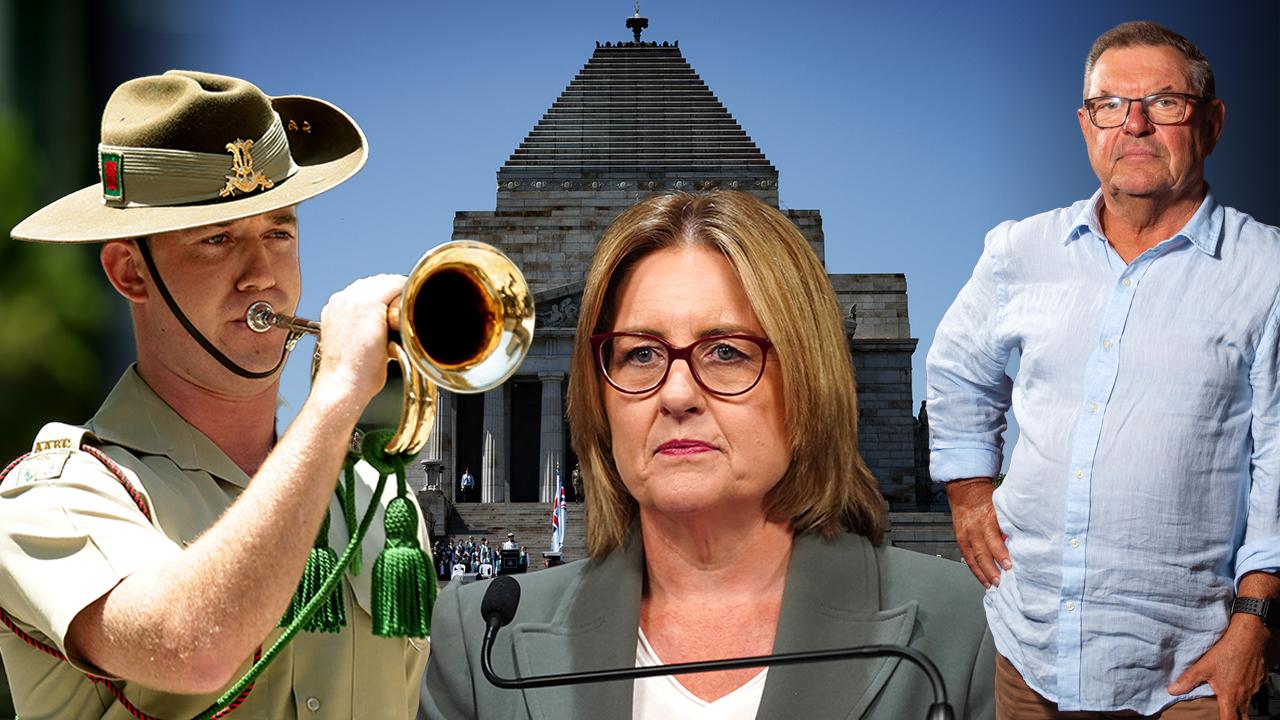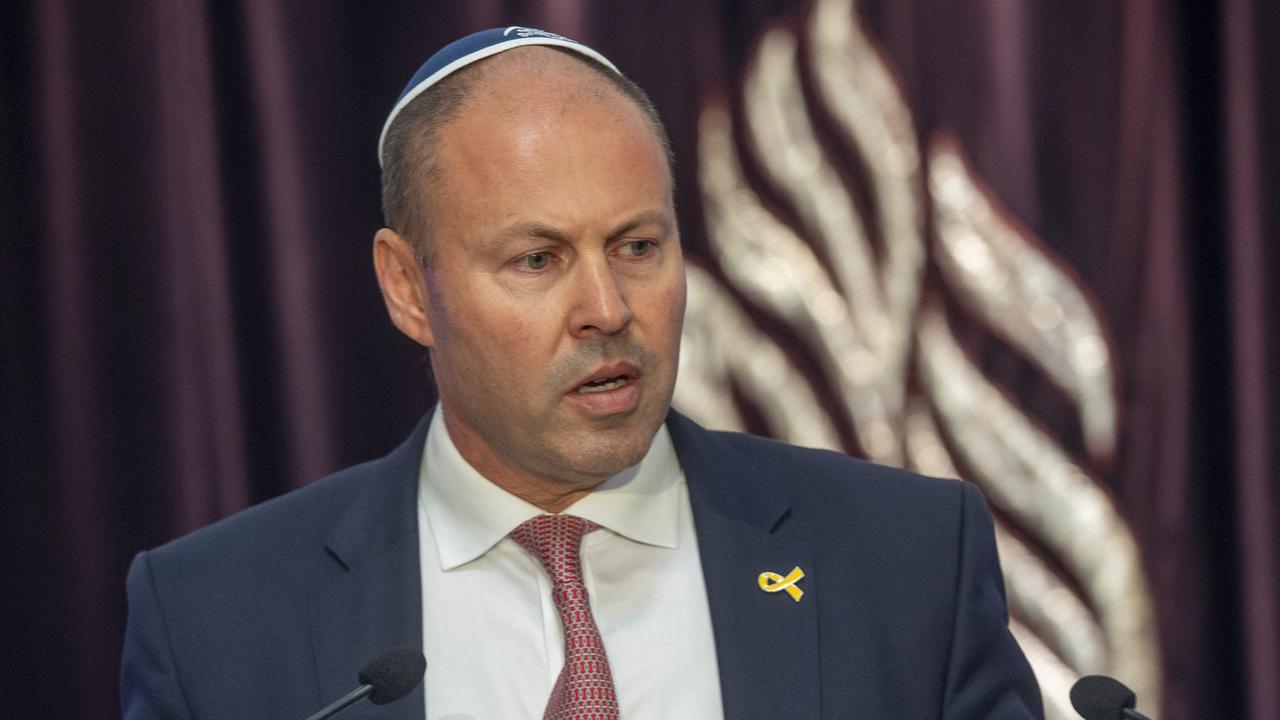Managing record debt and funding economic recovery are a tough balancing act
Treasurer Tim Pallas would love to be splashing the cash in an election year budget, but he can’t for the simple reason that there’s none left.
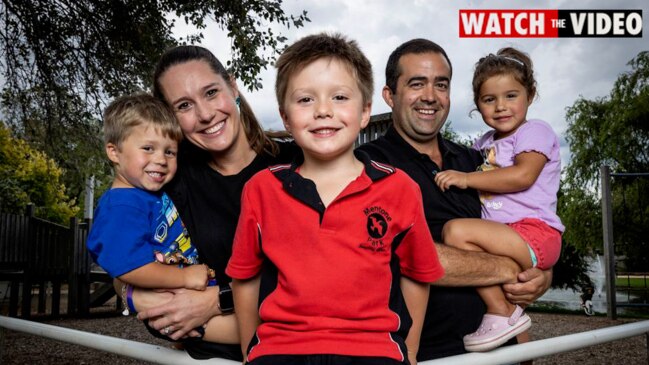
Opinion
Don't miss out on the headlines from Opinion. Followed categories will be added to My News.
Today’s state budget is not the sort the government would like to be serving up in an election year.
In his eighth budget, Treasurer Tim Pallas would no doubt love nothing more than the chance to splash some cash before Victoriansgo to the polls in November.
With inflation rising, interest rates forecast to increase, and cost-of- living pressures mounting, now would be an opportunetime for the government to flex some monetary muscle.
The $250 energy bonus for every Victoria household announced this week might be about the best of it. The chances of a spendathonelection budget are otherwise slim to none. In no small part because of one simple fact: there’s no more money.
Already Victoria is staring down the barrel of record debt by 2025: $162bn and climbing.
To put that in perspective, per capita, each Victorian currently bears a debt more than double that of each person in NSW.
By 2025 our debt is on track to equal that of NSW, Queensland and South Australia combined.
The figure may well blow out further today. As will, it is widely expected, the cost of several government projects, big and small.
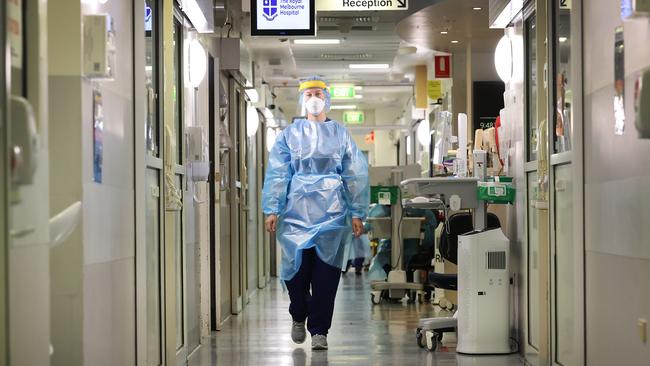
However, Tim Pallas says he will outline a debt strategy for getting Victoria back in the black.
That said, government debt doesn’t seem to be worrying people like it once did, while it’s so easy for governments to borrowmoney.
And that means holes in the ground, lots of building, lots of jobs.
But if, not when, interest rates start going up again, this will become a strain.
You only have to go back to the 1980s and ’90s to be reminded of how much trouble Victoria found itself in when both debtand interest rates were high.
The government firmly believes it’s on the right track with its gung-ho approach to an ambitious infrastructure agenda guaranteedto boost economic recovery.
More fiscally conservative critics argue on the other hand that our debt is unsustainable, and will ultimately hold Victoriaback.
It’s a tough balancing act for the government to manage.
The signs of a bleak budget have been there for some weeks.
Old hands, used to preparing budget papers, say they’ve never seen anything like the scramble it’s been to prepare this year’sbooks. There’s been little trumpeting of pre-budget announcements, in stark contrast to previous years.
There have been a few exceptions, most notably the billions of dollars promised for Victoria’s ailing health services.
One wonders why those investments have been missing for so long.
Daniel Andrews continues to blame Covid and Canberra for the state of Victoria’s health system.
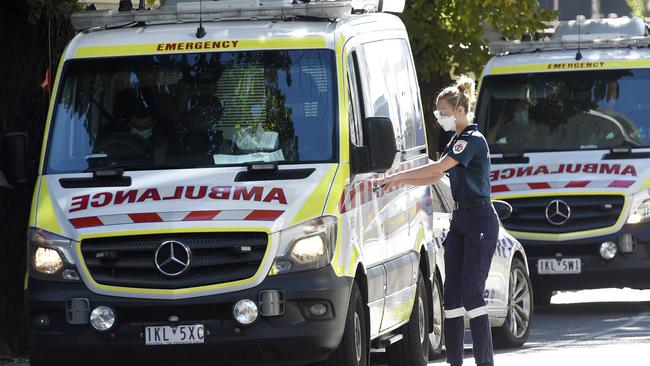
But the ambulance and triple-0 crisis plaguing the state were entrenched pre-Covid.
The Premier has promised massive short, medium and long-term investments for nurses, ambos, call-takers and hospitals.
The questions is where will the money come to pay for this?
Last year’s record investment on mental health was funded by a mental health levy imposed on big business. The levy is forecastto raise $843m each year to fund mental health services.
Will big business again be asked to foot the bill? And what will that mean for other essential services?
The government’s own modelling says Victoria will need another 1500 police on the beat over the next four years.
Police sources are confident there will be no money for that in this year’s budget.
Business and industry leaders are on edge – and have urged the government to energise business rather than tax it further.
“This budget needs to stimulate the economy, encourage the development of skills, create opportunities for innovative andpositive business action and encourage capital investment,” the Victorian head of the Australian Industry Group, Tim Piper,says.
“It must be one about driving businesses and forming a strong partnership and bond between business and the state government.”
Piper believes the inflationary pressures, Covid costs, increases in freight costs, and likely wage increases should all befactors that influence budgetary decisions.
Victorian Chamber of Commerce and Industry chief Paul Guerra agrees that stimulating business is the key. He’s pushing fora $200m events package among a suite of 73 recommendations he wants to see in the budget.
They include doubling wage subsidies for hiring apprentices, increasing the payroll tax threshold, and a $500m contingencyfund to respond to any Covid-19 or influenza outbreaks.
Before the election the government will want to show that long-term thinking is front of mind.
That it is capable of keeping spending under control, avoiding further credit agency downgrades and the risk of finding ourselvesin a weaker position than other states.
Because if that happens, our future capacity to fund public services will only be further diminished.



